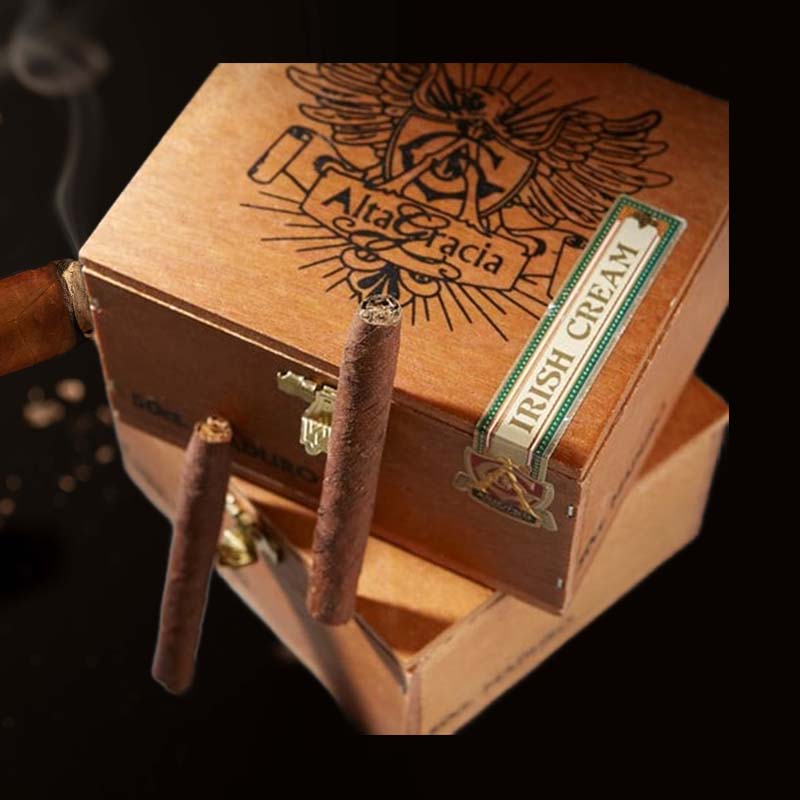How to fix torch lighters
Introduction: Fixing That Jet Lighter You Love
There’s nothing quite like the feeling of lighting up with your favorite torch lighter, whether you’re enjoying a fine cigar or setting the mood for a special occasion. But I can tell you, the frustration of a lighter that won’t spark is unbearable. I’ve had those moments too, grappling with a seemingly malfunctioning lighter that I love dearly. But fear not! I’ve delved deep into the world of torch lighter repairs, and I’m here to share my journey and expertise with you.
Understanding Common Issues
Over time, torch lighters can develop issues that might seem daunting at first. Some common problems include:
- Weak flame or no flame at all
- Flame that extinguishes easily
- Butane leakage
- Inconsistent ignition
- Clogged jets
Understanding these common issues is the first step toward reviving your beloved lighter!
Step 1: So What You’ll Need for This

Tools and Materials Required
Before starting the repair process, I make sure I have the right tools handy. Here’s what you will need:
- Precision screwdriver set
- Compressed air canister
- New butane
- Cleaning cloth
- Flint replacement (if needed)
Step 2: Ok Diagnosis Time Doctor

Figuring Out What’s Wrong
Diagnosing the problem is crucial. I typically start by checking:
- The fuel level: Maybe it’s simply out of butane.
- Jet blockages: Are the jets clean?
- The igniter: Is it producing a spark?
Pinpointing the issue can save a lot of time and prevent unnecessary fixes.
Step 3: Opening Your Lighter Up

Safely Disassembling Your Lighter
With the diagnosis done, it’s time to disassemble your lighter. Here are the steps I follow:
- Remove the lighter’s fuel compartment cap.
- Carefully unscrew the ignition mechanism.
- Keep track of small pieces to avoid losing them!
Step 4: Adjusting the Spark
Correcting Sparking Issues
If I find that the spark is weak or absent, I adjust the igniter. This usually involves:
- Cleaning the spark area with a cloth.
- Aligning the ignition mechanism if necessary.
Step 5: So I Did That, But I’m Not Getting Anywhere

Troubleshooting Persistent Problems
Sometimes my lighter just won’t cooperate. Here are persistent problems I troubleshoot:
- Ensure the lighter is properly fueled.
- Check for gas leaks.
- Inspect the flint—does it need replacing?
Step 6: Putting It Back Together
Reassembling and Testing
With the adjustments made, I carefully put my lighter back together. I perform this in reverse order:
- Reattach the ignition mechanism.
- Secure the fuel cap.
- Test the ignition before fully sealing?
Step 7: I Do Believe We’re Done

Final Checks and Usage Tips
After reassembly, I make final checks:
- Turn the flame height back to the desired setting.
- Light the torch to ensure it ignites smoothly.
Maintaining Your Torch Lighter: Cleaning, Bleeding, Refuelling

Routine Maintenance Steps
I’ve learned that maintaining my lighter is key to keeping it operational. Here are my routine steps:
- Clean the jets regularly to prevent clogs.
- Bleed the lighter before refueling to avoid excess pressure.
- Use high-quality butane for optimal performance.
Use High-Quality Butane

Why Quality Fuel Matters
I can’t stress enough that using high-quality butane greatly impacts performance. Cheap fuel can leave residue and cause clogs. Investing in good butane is a small price to pay for reliable ignition!
Check the Flame
Adjusting Flame Height and Strength
I often adjust the flame height according to my need, whether it’s lighting a cigar on a windy day or simply enjoying a mellow evening outdoors. A good flame should be steady and controllable.
Check the Flint

Replacing or Adjusting the Flint
If the flint is worn down, I replace it. A fresh flint makes all the difference in ensuring a consistent spark, and I always keep a few extras on hand.
Check for a Hissing Sound
Detecting and Fixing Gas Leaks
A hissing sound usually indicates a gas leak. If I hear this, I immediately check all seals and hoses for damages. Safety is my priority, and addressing leaks is crucial!
Bleed the Tank Before Refilling

How to Properly Bleed Your Lighter
Before refilling, I always bleed my lighter by pressing the valve until only gas escapes. This prevents pressure buildup and ensures a smooth refill process.
Wait for Your Lighter to Warm Up After Refilling

Ensuring Optimal Performance
Once refilled, I always wait before igniting. Allowing time for the lighter to reach optimal temperature ensures a strong and consistent flame.
Clean the Jets

Maintaining Clean Burner Heads
Regular cleaning of the jets is essential. I use an air canister to blow out any accumulated debris, ensuring my lighter functions smoothly.
5 Common Issues That Torch Lighters Won’t Light, How to Fix?
Solving Non-Ignition Problems
It’s frustrating when my torch lighter doesn’t ignite. Here are five issues I usually troubleshoot:
- 1. Make sure your lighter is properly fueled.
- 2. Clean your lighter’s jets to remove blockages.
- 3. Bleed and refill the lighter properly.
- 4. Check the igniter for issues.
- 5. Ensure flint is in good condition.
1. Make Sure Your Lighter Is Properly Fueled

Ensuring Adequate Fuel Levels
It sounds basic, but sometimes I forget to check the fuel level! Ensuring there’s enough butane is always my first step.
2. Clean Your Lighter’s Jets
Removing Blockages for Better Performance
Jets can easily get clogged, so I regularly clean them out. A simple burst of compressed air works wonders to keep things flowing.
3. Bleed and Refill

Refueling Tips for Best Results
When I bleed and refill my lighter, I always let it sit for a minute or two before using. This allows the butane to settle properly.
FAQ

Why is my torch lighter not igniting?

If your torch lighter isn’t igniting, the most common issues could be a lack of fuel, a clogged jet, or a malfunctioning igniter. It’s essential to address each aspect sequentially for effective troubleshooting.
Why is my torch lighter not releasing butane?
A torch lighter might not release butane due to a blockage or a malfunctioning valve. Checking for clogs and ensuring the mechanism is in good condition can resolve this issue.
How do you fix a clogged torch lighter?

To fix a clogged torch lighter, I recommend using compressed air to clear out the jets. Ensuring the jets are clean often restores the lighter’s function effortlessly!
Why do torch lighters always stop working?
Torch lighters can stop working due to various reasons like fuel depletion, clogged jets, or worn-out components. Regular maintenance is key to ensuring they function effectively for the long haul.





